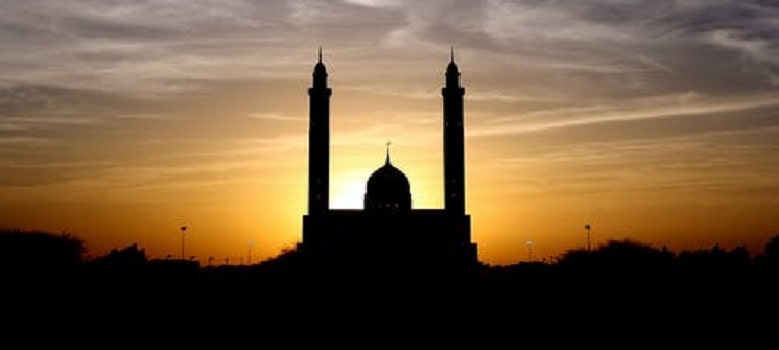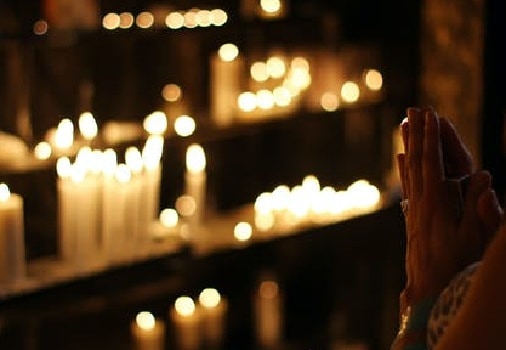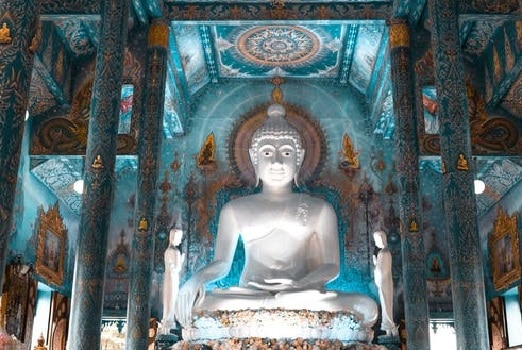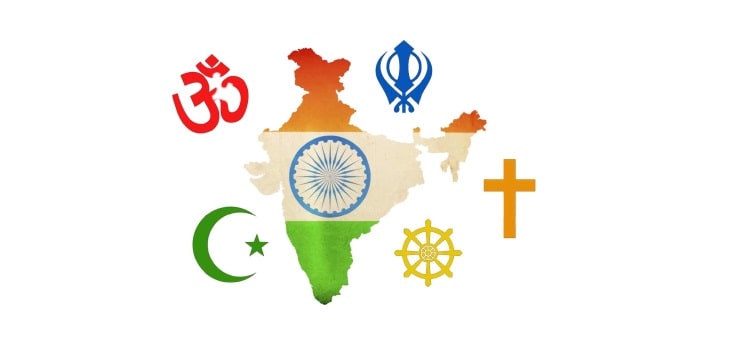Being home to over a billion people, India accommodates incredible cultural diversity withholding the languages, traditions, customs, and social stratums. Hence it isn’t hard to guess that Indians hold a strong sense of pride in the distinctiveness and diversity of their culture.
List of Religion in India
Some of the very strong influences on Indian society are via religion and it seems very evident that the medley of religion in India will continue to impact the social frame so let’s take a brief look at the religion in India.
Hinduism
It is an ancient religion that followed by a vast portion of the population. The name is derived from the term Hindu which is traced back to Sanskrit and refers to the person from the land of the Sindhu river. The religion has been developing along the Indian subcontinent since the Iron age and hence is also called the world’s oldest religion. Hinduism started blooming in the Vedic period in North India in 1900 BCE and now has settled in all continents.
Hindu festivals aim to associate the social and personal aspects of an individual with dharma. Some celebrations are bound to local traditions whereas some are celebrated across the country and beyond. Major Hindu festivals include Raksha Bandhan, Ganesh Chaturthi, Maha Shivratri, Holi, Diwali, Bihu, Onam, and more.
The majority of Hindus observe religious rituals of fire oblation or Yajna, Chanting of hymns which vary from person to person and their beliefs. Devotional homage and prayers are offered by a worship ritual called Pooja.
Hindus promote the practice of Ahimsa (Nonviolence) and respect towards all life as they stand strong to the belief that all beings are divine. In respect of the same, Many Hindus embrace vegetarianism and preach that those who eat meat receive quick death. However, the food practices change across the regions, Himalayan or Coastal regions do not restrain meat from their diet. Though not all Hindus adopt vegetarianism, the meat-eaters too abstain from beef because cows are considered sacred to Hindu society as a maternal figure and are considered a symbol of unselfish giving.
79.8% of the Indian population follows Hinduism which makes it up to 960 million adherents. A significant population from Nepal, Bangladesh, Vietnam, and Indonesia also follows this religion.
Islam
It is the second-largest religion worldwide with over 1,8 billion followers and majority following in 49 countries. Its teachings preach that God is merciful, powerful, and unique and guides mankind through prophets and natural signs. Quran is the primary scripture of Islam.
Historians accept that Islam originated in Mecca and Medina in the 7th century. The major Islamic holidays in India include Eid-al-Fitr and Eid-al-Adha. Eid-al-Fitr is celebrated at the end of a month of fasting during daylight hours called Ramadan where people perform acts of a charity called zakat.
23% of the world population follows Islam which makes up to 1.57 billion people. 62% if the Muslims live in Asia and Africa and makeup to 683 million people.
Christianity
The religion is based on the teachings and life of Jesus of Nazareth who is believed to be the Christ, a messiah. It’s the world’s largest religion with approximately 2.4 billion followers. Its philosophy is set on the ideas initiated by the followers of Christ from the 2nd century. It aimed to reconcile science and faith.

A few celebrations include Advent Sunday which marks the start of the Christian year and arrives four Sundays prior to Christmas, All saints day, Ascension Day, Easter day, etc. Christianity makes up for more than 33% of the population and has been then way since the last hundred years.
Jainism
This ancient Indian religion traces back to the successions of 24 leaders and the first being Rishabhanantha. It follows the ancient Indian philosophy that separates the matter or body from the soul completely and deals with reality, cosmology, epistemology as well as vitalism. Some of the most distinctive features of Jain philosophy include the belief in the Independent existence of soul and matter, the potency of Karma, and ethics-based on the liberation of the soul.
Paryushana by Svetambras and Dasa Lakshana Parva by The Digambaras are the most important festivals that occur annually. On the 13th day of the lunisolar month Chaitra, they celebrate the birth of Mahavira or Mahavir Janma Kalyanak.
Sallekhana is a ritual of religious death through ascetic abandonment of food and drinks. Jains predominantly worship Mahavira, Parshvanatha, Rishabhanantha, and Neminatha.
The total Jain population in India sums up to 0.54% which makes up to over 6 million followers.
Buddhism
It is the fourth-largest religion comprising of various traditions, beliefs, and spiritual practices largely based on the original teachings of the buddha. It originated from ancient India in 6th century. The two major branches of Buddhism are Theravada or The school of elders and Mahayana or the great vehicle. The aim of most traditions is to overcome suffering and the cycle of death and rebirth.
Buddhists treasure and find comfort in the three jewels of Buddhism which are the sangha, the buddha, and the dharma. The most important Buddhist teachings are that life is suffering, The reason for suffering is that we want things a certain way, The cure to this suffering is to rise above desire.
Important festivals include Wesak which honors buddha’s enlightenment and is celebrated on the full moon in May or April.
It has over 520 million followers which make up a total of 7% of the world’s population.
Sikhism
This religion is based on the spiritual teachings of Guru Nanak and originated in the Punjab region of the Indian subcontinent in the 15th century. It is the world’s fifth-largest organized religion and the youngest of the major religions with about 25 million followers. Sikh means Learner in Punjabi.
The 10 gurus of Sikhism include Guru Nanak, Guru Angad, Guru Amar Das, Guru Ram Das, Guru Arjan, Giri Hargobind, Guru Har Rai, Guru Hari Krishen, Guru Tegh Bahadur and guru Gobind Singh.
Popular Sikh festivals include Baisakhi which marks the Sikh new year, Gurupurab is celebrated to honor the gurus and is centered around the birth anniversary of all 10 gurus, Lohri is celebrated to mark the end of the winter season.
Other religions
Apart from the religions listed above, there are several other religion in India including Judaism and Zoroastrianism.
Also Read:Religious minority community
F.A.Q
Q,1. What are the main religion in India?
Ans: According to the 2011 census, Indians majorly practice Hinduism, Islam, Buddhism, Sikhism and Jainism.
Q.2. How many religions does India have?
Ans: India has over 9 religions including the tribal religions.
Q.3. What major religion does not originate in India?
Ans: Judaism, Islam, and Christianity. Hinduism, Buddhism, and Jainism root back in India.
Q.4.What religions reject the caste system?
Ans: Buddhist, Jainism, and Sikhism reject the caste system.
Q.5. Which religion has the most holidays?
Ans: Hinduism and Christianism hold a high number of festivals hence have a lot of holidays.
